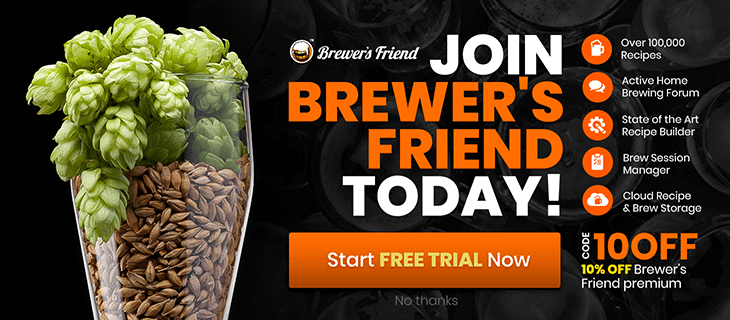The Art of Tasting Beer
Monday, July 5th, 2010Home brew is a thing to be appreciated. Guzzling is not allowed. Sucking through a hose upside down, also not allowed. This applies even to the epic “first batch” which usually tastes good only to the person who made it.
1) Pour
If the beer is coming out of the bottle, make sure to decant it. This does not apply for kegged beer. Bottled home brew almost always has sediment, unless the beer was filtered which is a time consuming expensive process.
To properly pour home brew, hold the beer and the glass at 45 degree angles and slowly let the beer ease into the glass. Do not up end the bottle. Yeast will have settled in the bottom of the bottle and you don’t want that in your glass. FYI – brewer’s yeast can be a natural laxitive. A practiced pourer can stop at the last instant and get all of the beer and none of the sediment. I keep my eye on the neck of the bottle and watch for a dark cloud heading towards the glass. Usually about a ¼” of sediment is left in the bottle. I immediately rinse and scrub out my bottles with a brush kept next to the kitchen sink.
2) Look
The first thing you want to do when drinking beer is to look at it. Note the color, the bubbles, the head. Is it hazy, cyrstal clear, is there junk floating in it?
3) Smell
Before drinking, smell the beer. Deeply inhale with your eyes closed. Do not make yourself light headed. Note the aromatic qualities, which could be fruity, earthy, roasted, etc. Some styles should have certian qualities, for example porters have a roasted quality, some may be ‘nutty’. American pale ale’s might have a citrusy note (from the cascade / centenial hops). While a German lager would have an almost floury smell from the nobel hops. Beers with a high alcohol content > 10-12% will almost burn the nostrels. If it smells like ammonia, week old dung, or goats, look out.
In competitions, judges smell the beer first, then analyze color, head and carbonation.
4) Taste
Take in an average sized mouthful. Keep it in your mouth for a few seconds covering your tongue. Swallow then wait a bit for the next sip. In tasting there are three things to consider, the initial hit on your tounge, the finish during swallowing, and the after taste, which stays around.
For beginners, contrast an IPA with a pale ale, it should be fairly obvious how the IPA biterness first hits your tougue, how the finish is richer in the IPA, and how the bitter after taste is substantially stronger in the IPA. Another good comparison is betwen Guiness and a micro brew stout, they should be very different, though they are techncially the same style.
5) Mouth Feel
Mouth feel has a lot to do with carbonation, the types of sugars present, and temperature. For example, compare a beer on nitro with a beer on CO2, or a dunkle larger to a stout. The more sugars there are in the beer, the less crisp, and the more creamy it will feel. Nitro makes a beer extremely creamy.
6) Belch
After writing the first five steps, I realize I may come across as a beer snob. That is NOT the case. If it pleases you and your company, belch loudly. Don’t bother analyzing the flavor, unless you are also tasting that spicy burrito you had for dinner for a second time. I belch with a fist pull!











4 Responses to “The Art of Tasting Beer”
One minor edit I’d suggest, about the pouring of the beer. Some beer styles (wheat beers especially) actually do a lot better if halfway through pouring, you gently swirl the beer in the bottle/can before resuming pouring. Two easy examples are the “Hell or High Watermelon Wheat” beer from 21st Amendment brewery, or for a cheaper example, the Kirkland-brand Hefewietzen. Both taste weak and of poor quality if poured directly, but given a slight swirl to agitate the contents slightly, and the overall flavor improves markedly.
By Chris Doggett on Jul 5, 2010
Agreed, the various wheat beers really benefit of the swirling before the pour. What I usually do is just spin the bottle upside down for about 30 seconds before opening it. Actually , I do as they do it this ad: http://www.youtube.com/watch?v=Rrtyj5XBgto
Cheers!
P-A
By Pier-Andre on Jul 18, 2010
The beer swirl is featured at time 0:50 in the video, thanks for sharing.
By Larry on Jul 19, 2010
Great write up for the evaluation. I find all those mentioned, when pouring a brew. Hey, thanks for the insight.”Happy Brew”
By Mitch Cox on Sep 14, 2010